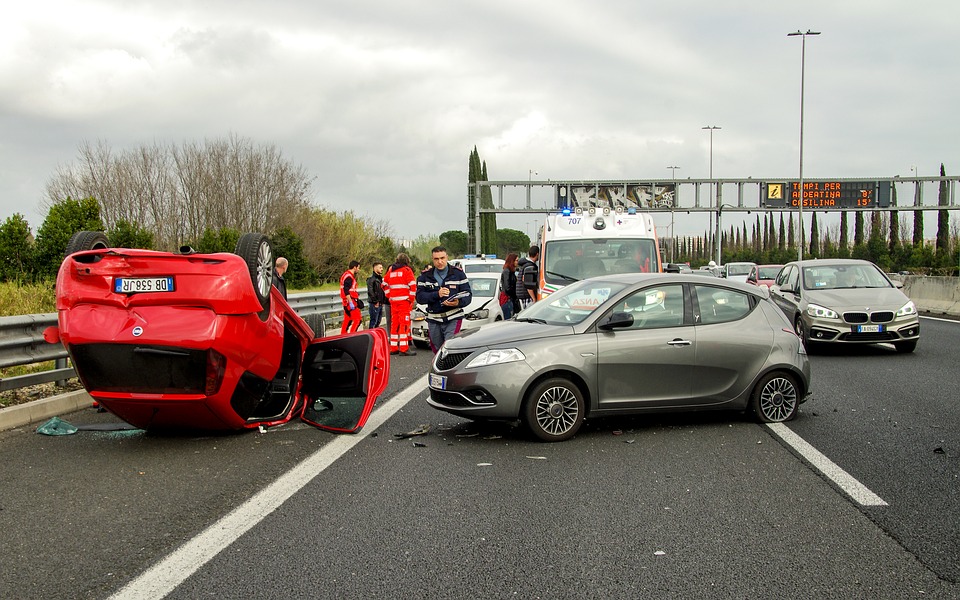When an accident happens, it’s usually because one or both drivers were negligent. Proving fault and liability is the first step to getting compensation as the victim of an accident. However, it is often the most challenging step, especially when there’s no substantial evidence. The small orange device hidden in modern cars, often referred to as the “Black Box,” holds valuable information about a vehicle’s movements leading up to and during an accident.
The data from this box, combined with the help of an experienced car accident lawyer, is a sure recipe for maximum compensation.
What Data Do Black Boxes Collect?
As mentioned earlier, the black box collects data before, during, and after a collision that your lawyer can use to prove fault and solidify your claim.
The capacity of your car’s black box depends on the model, year, and make. On a general scale, here is the data that a black box can collect:
- Vehicle Speed
- Engine RPM (Revolutions Per Minute)
- Acceleration/Deceleration
- Braking Patterns
- Throttle Position
- Steering Angle
- Seatbelt Usage
- Airbag Deployment
- Vehicle Direction
- Engine Temperature
- Fuel Level
- Odometer Reading
- GPS Location
- Time and Date
- Crash Severity
- Tire Pressure
- Turn Signal Usage
- Headlight Usage
- ABS Activation
- Stability Control Activation
How Can a Black Box Help Your Case?
Here are some of the ways a black box can help turn the odds in your favor:
Determining fault
The primary use of a black box in an accident claim is to figure out who is at fault. It records and keeps track of what the drivers were up to during a crash, helping us know exactly who messed up. It notes stuff like how fast the cars were going, when they hit the brakes, and which way they were steering.
Consequently, insurance adjusters, law enforcement agencies, and legal professionals rely on black box data to establish liability accurately. With this data, they can sort out arguments and make sure things are fair when they’re investigating accidents or going to court.
Support claims
Victims of accidents can use the black box data to support their claims for damages, particularly if their memories of the event are unclear.
Reconstructing the accident
The black box helps accident investigators figure out the whole story. By digging into the data stored inside the black box, they can put together a detailed timeline of the accident.
The detailed timeline helps investigators understand exactly how the crash happened. They can see what factors played a role and what might have caused the accident.
Furthermore, by spotting trends in accident data, they can figure out ways to make the roads safer for everyone.
What Cars Have Black Boxes?
As of 2024, almost all cars on the road today have black boxes, also known as Event Data Recorders (EDRs). This is due to a combination of federal regulations and the fact that manufacturers have increasingly included them as standard equipment.
While there may be a few exceptions for very old or specialty vehicles, it’s safe to assume that if your car was manufactured after 2014, it most likely has a black box.
The specific features and capabilities of black boxes can vary between manufacturers and models. Some EDRs may record more data than others, and the way the data is stored and retrieved can also differ.
If you’re unsure whether your car has a black box or want to know more about its specific features, you can consult your car’s owner’s manual or contact the manufacturer directly.
How to Access Black Box Data After an Accident
Here’s a concise roadmap on how to access Black box data after an accident:
- Get help: Talk to a pro, like an accident investigator or mechanic who knows black boxes. They’ll check if the car has one and safely get the data.
- Get permission: Make sure you can access the data. Ask the owner, get a court order, or work with the police if they’re investigating.
- Use special tools: You need special stuff to get the data. It connects to the car’s computer port to download the info.
- Take out the data: Once connected, the data gets downloaded to a computer for analysis.
- Understand what happened: Experts look at speed, braking, and impact to understand the accident.
- Keep the data safe: Make sure the data is protected in case you need it for insurance or court.
- Talk to a lawyer: If you’re in a legal case, consider a lawyer who knows traffic and injury law. They can help you use the data to your advantage.


